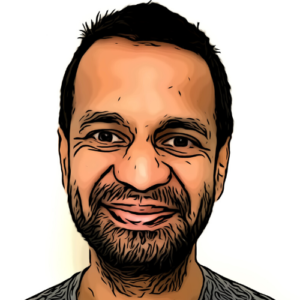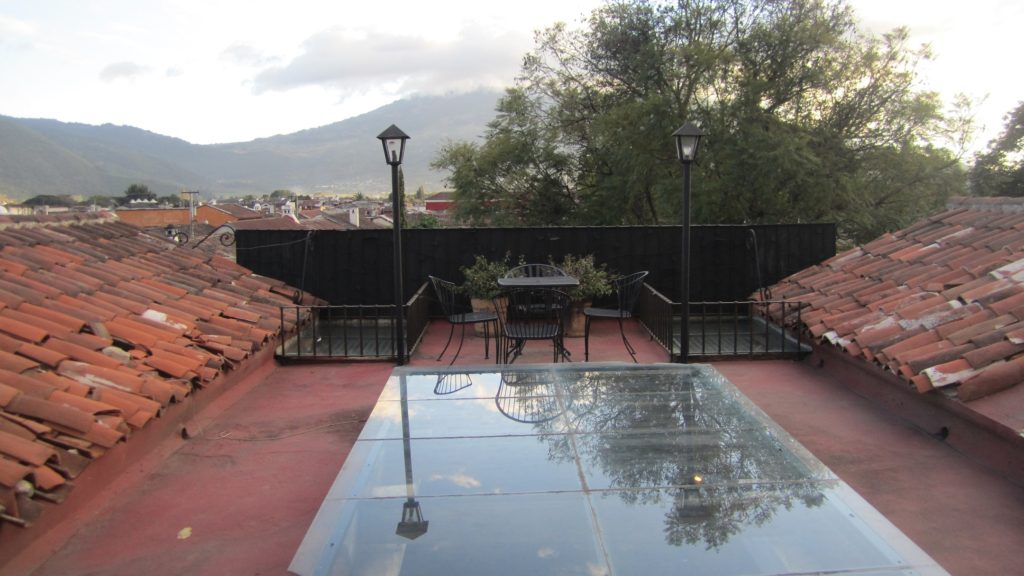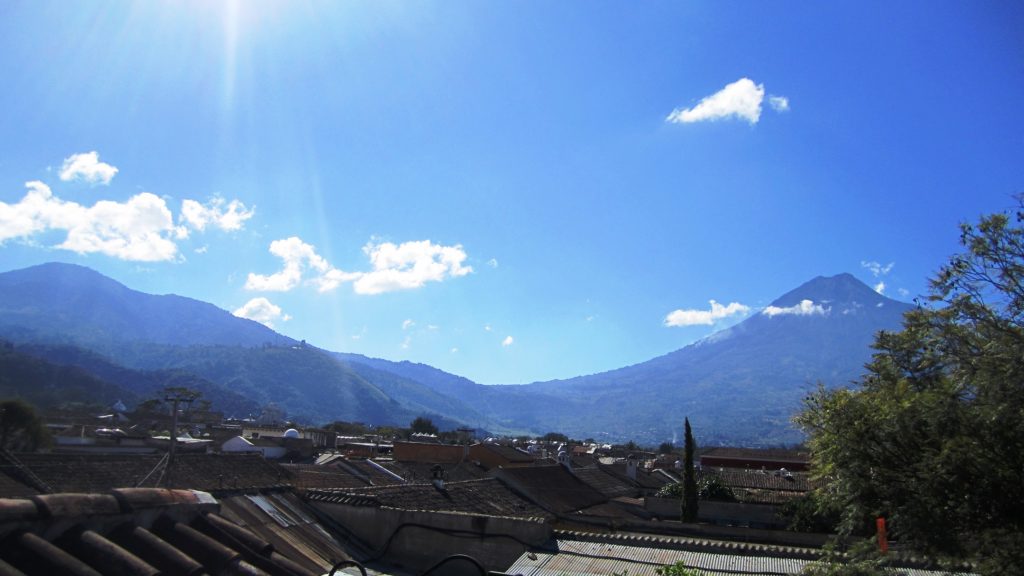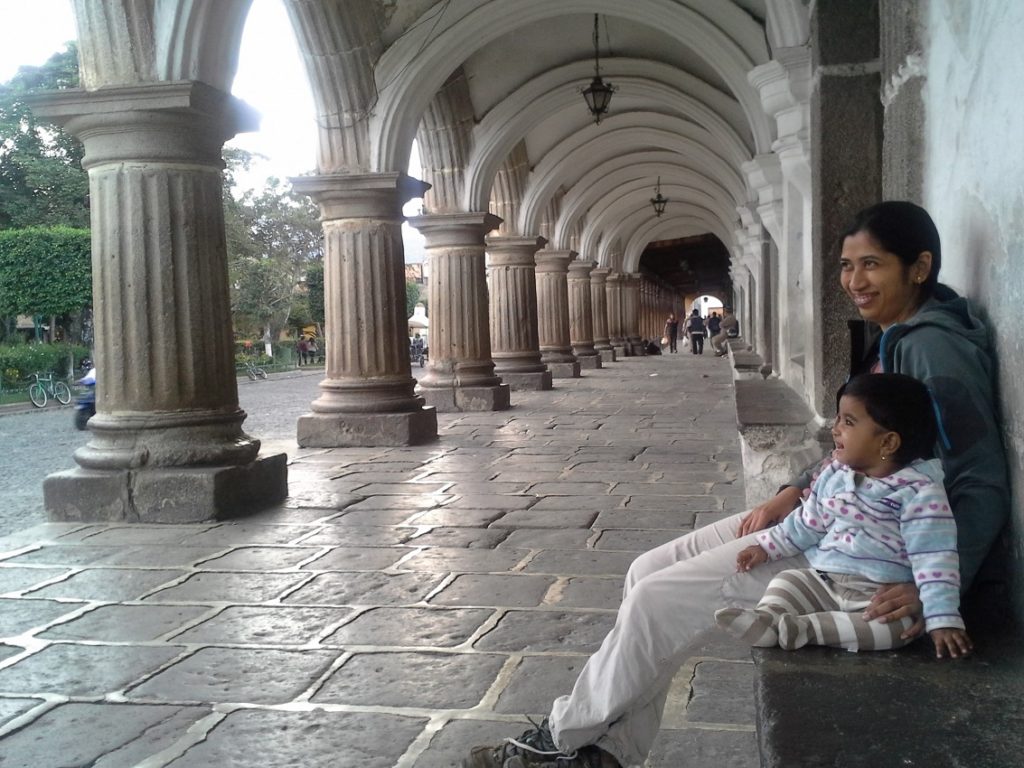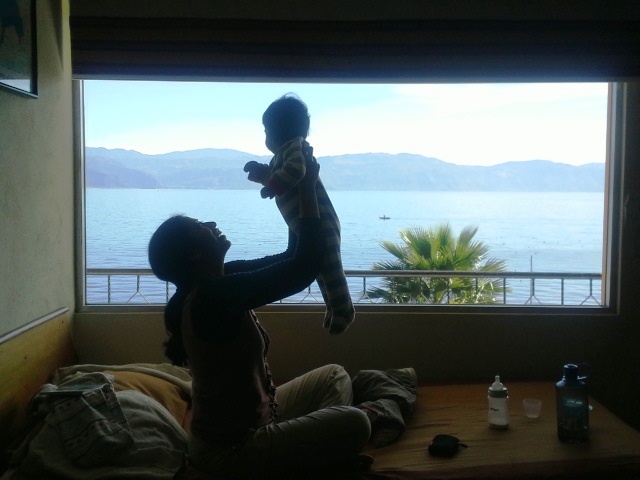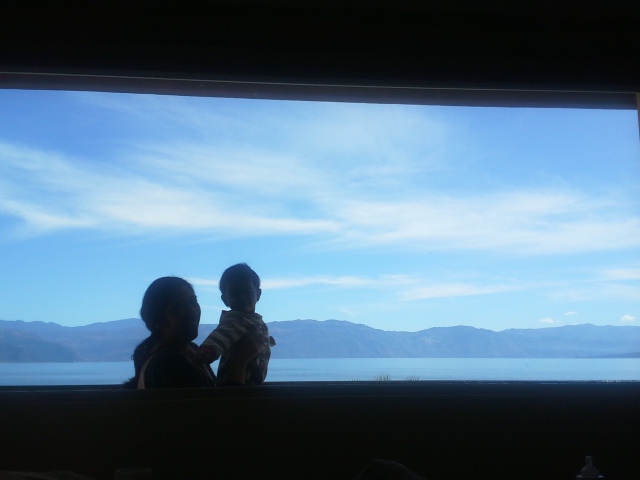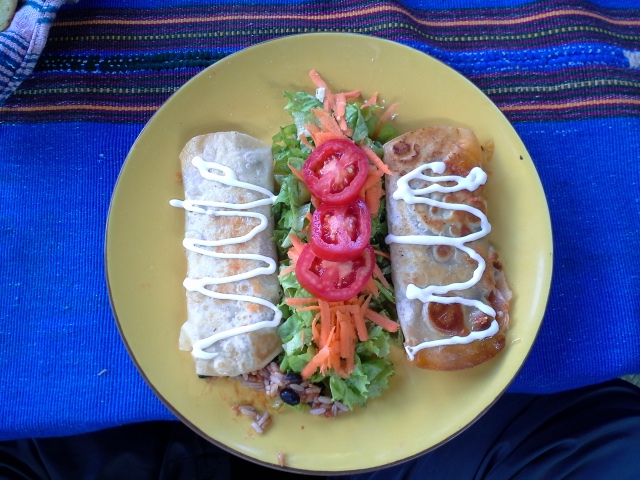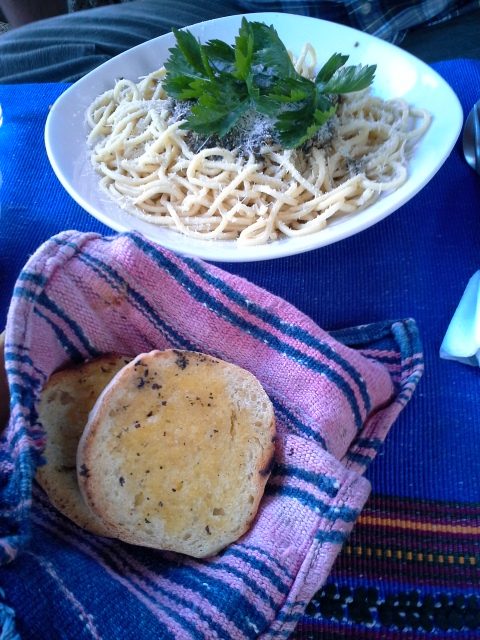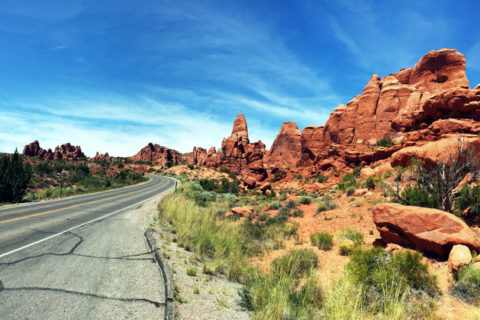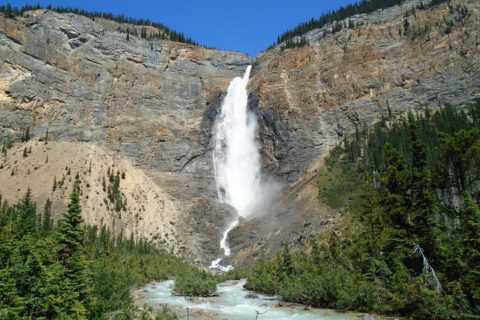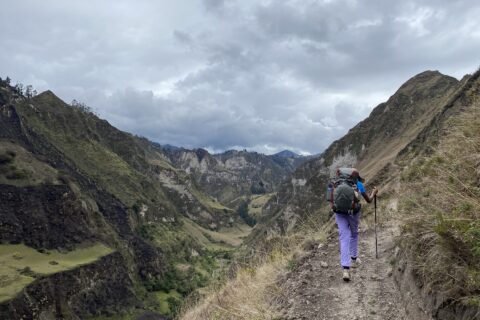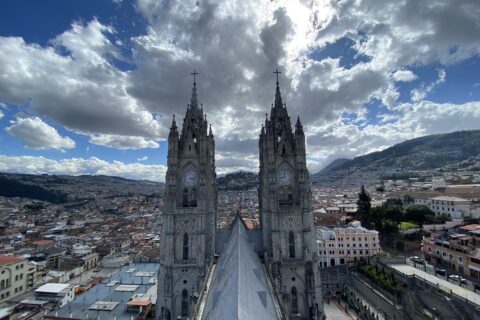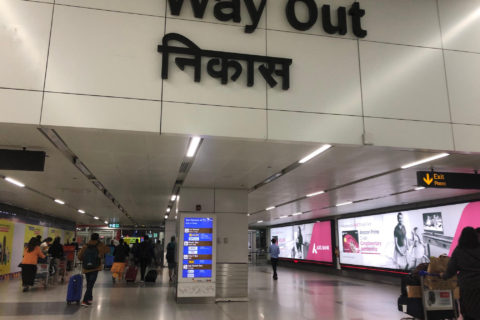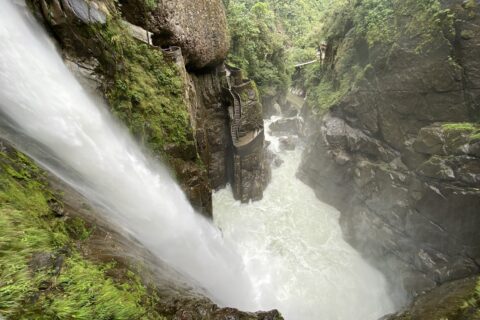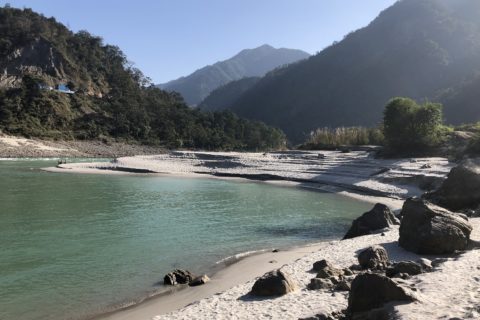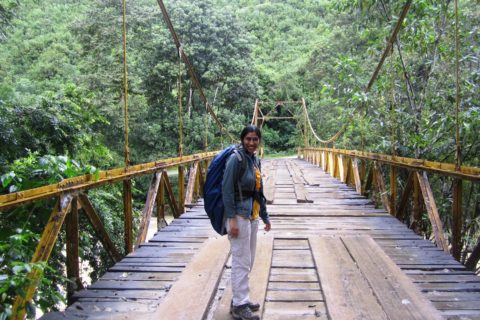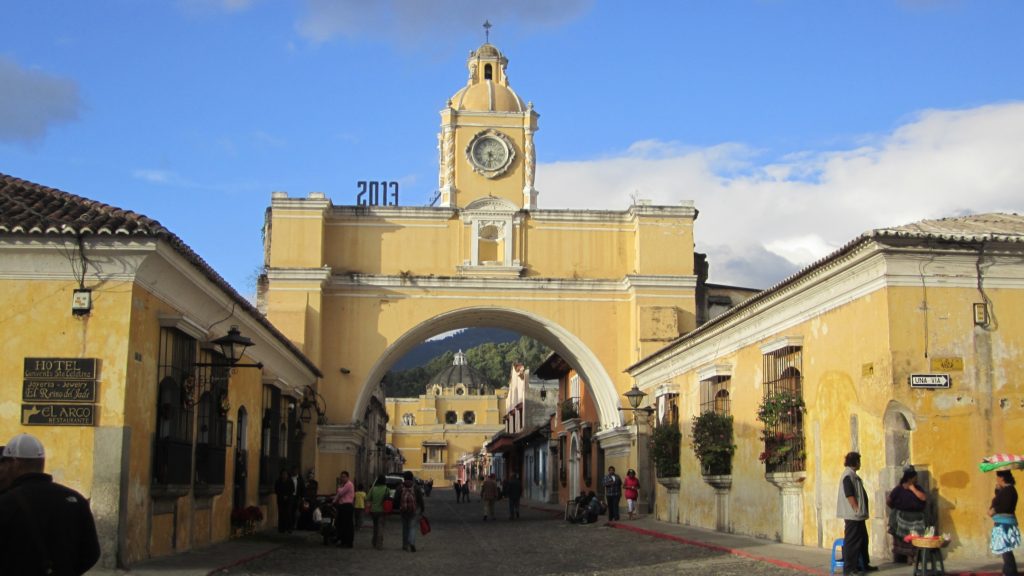
This post is the last one in the Guatemala series. The first post was about Semuc Champey and the second one was on the Mayan ruins of Tikal and Yaxha near Flores. In this post, I will share our experience of visiting Antigua and Lake Atitlan.
Flores to Antigua
After four days in Flores, we booked a bus to Guatemala City, and from there, we would take a shuttle to our next destination – Antigua. On December 23, we boarded the Maya de Oro Starbus bus from Flores at 10:30 am. Flores to Guatemala City is about 480 km, and it took us about 9.5 hours to cover this distance.
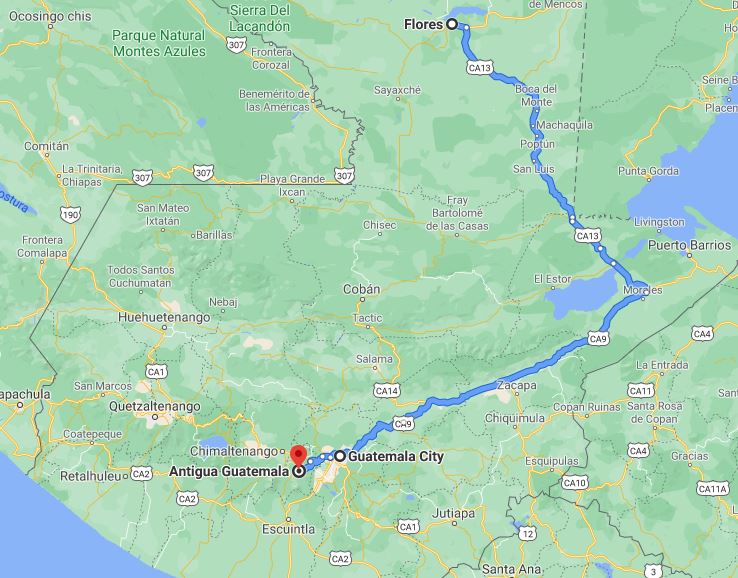
Once in Guatemala City, we got into a shuttle (van) for an hour-long drive to Antigua. It was 9 pm by the time we arrived in Antigua. It had been 12 hours since we left our hostel in Flores, and we were exhausted. We checked in to our hotel, Posada el Antaño.
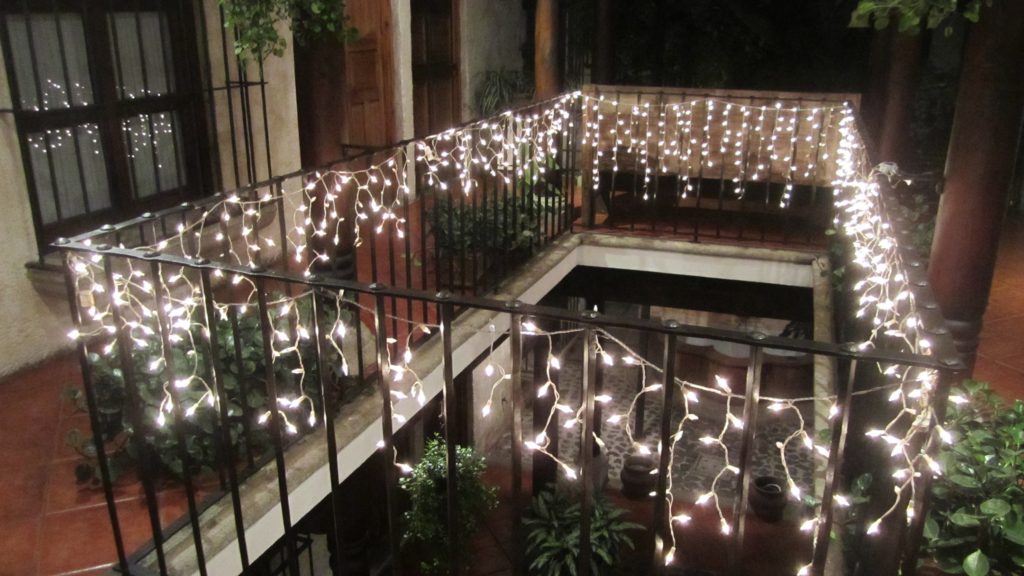
Posada el Antaño is a colonial hotel located a few blocks away from the Central Plaza. The rooms were spacious, clean and well maintained. My favourite part of this hotel was its terrace with views of the volcanoes.
Antigua
Antigua, a UNESCO World Heritage site, was founded in the 16th century. It was the capital of the Kingdom of Guatemala. As per UNESCO, it was also the cultural, economic, religious, and educational centre of the entire region.
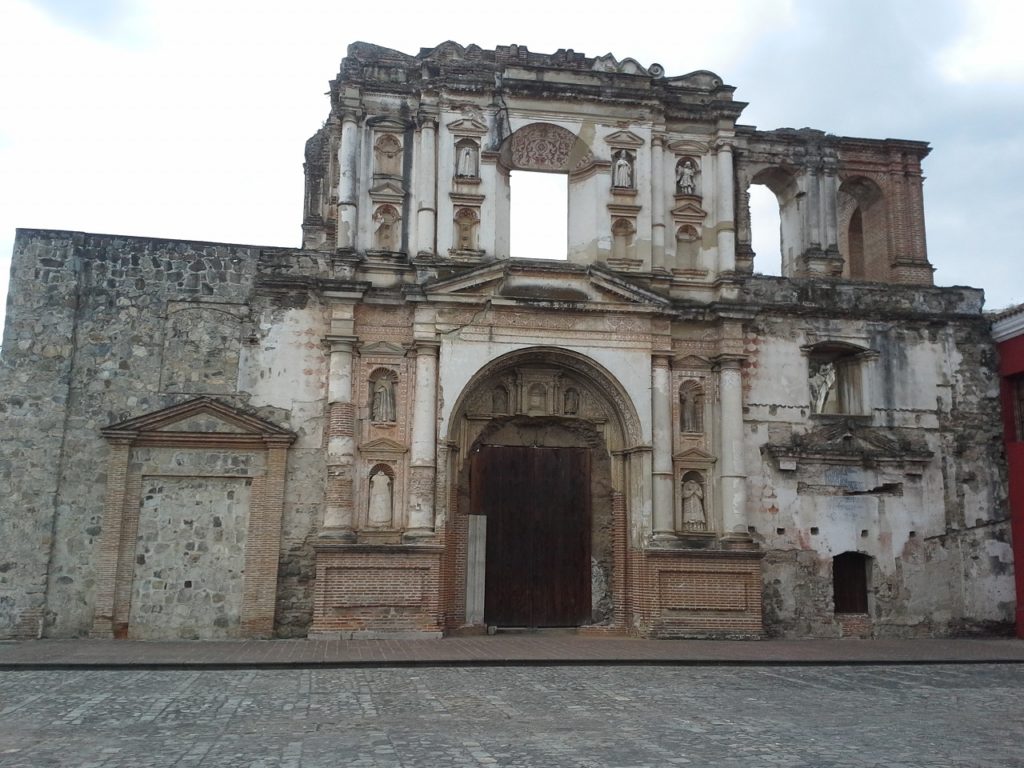
Now, tourism drives the economy in Antigua. As a result, you will find a great selection of restaurants and relatively easy connectivity to other towns in Guatemala. There are volcano treks, coffee plantation tours and other tours available for tourists. However, we just walked around Antigua and enjoyed its laid-back vibe.
A block away from our hotel was the La Merced Church, a baroque church constructed in 1767. Antigua is an earthquake-prone region and had seen significant earthquakes in the 16th century. So, this church was built to withstand earthquakes with wider arches and columns and a low height.
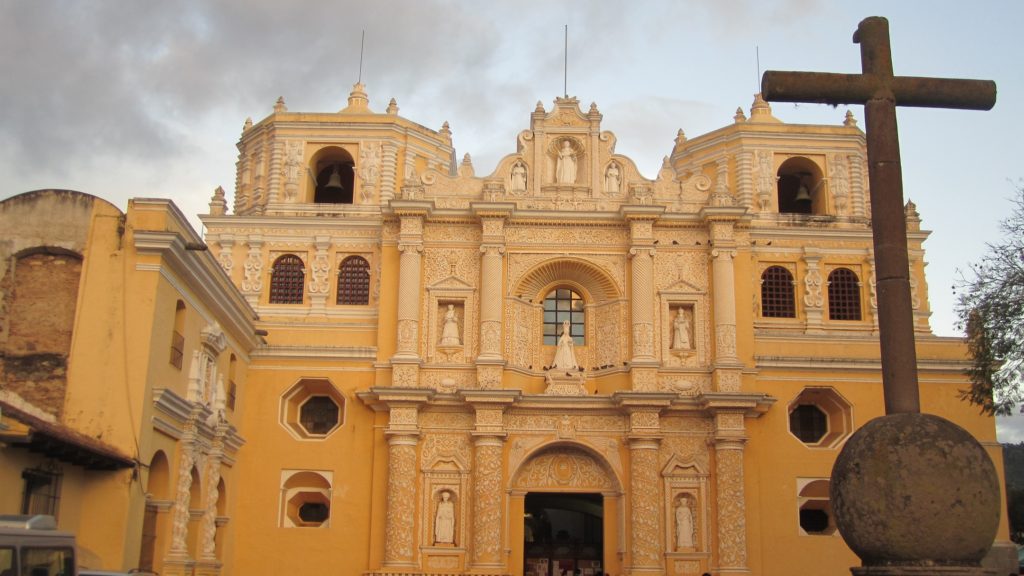
On most of our walks, we would stop by the Central Plaza (Park). It is a family-friendly place with a beautiful fountain and a great place to sit and watch people.
Close to Central Plaza, there is a chocolate museum. It offers workshops and helps people understand the history of chocolate in Guatemala and the chocolate-making process. We just did a quick tour and then enjoyed some pastries and chocolates from their cafeteria.
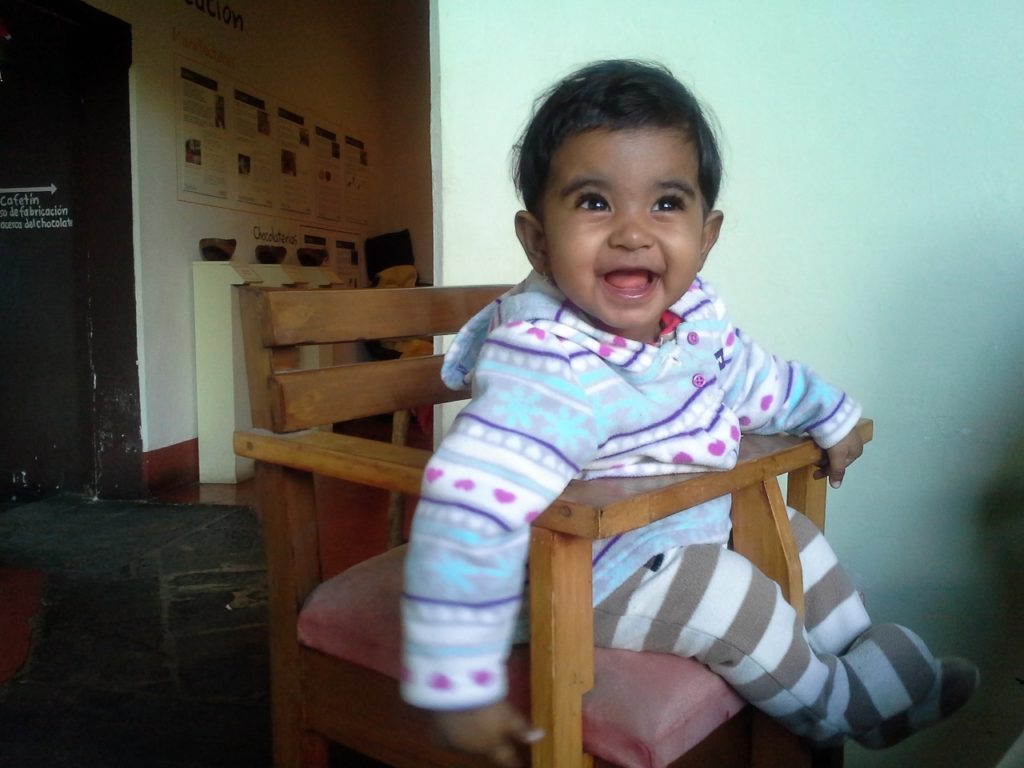
On our last day in Antigua, we went to a local market. It was busy due to Christmas, and there was quite a variety of goods. It was a fun experience.

After three days in Antigua, we made our way to our next destination – Lake Atitlan.
Lake Atitlán
Lake Atitlán is a crater lake at an elevation of about 1562 m. It’s a popular tourist destination and has many villages along its shore where Maya culture is still prevalent. We had booked Hotel Sak’cari in San Pedro La Laguna, and it was a three-hour ride from Antigua to San Pedro.
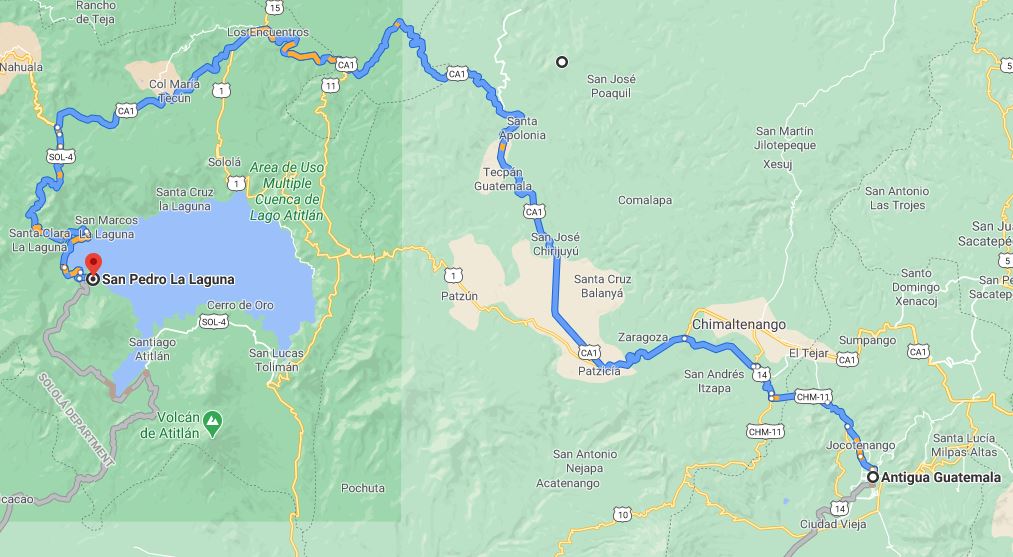
Hotel Sak’cari was in a quiet part of San Pedro, and after the shuttle dropped us off, we took a tuk-tuk to reach the hotel. Later we realized that the hotel was not that far, and even with Kavya and our backpacks, it would be a 10-15 minute walk.
We had a room on the upper level with a panoramic view of the lake. This room had probably the best view of all the places we stayed in Guatemala.
The view at sunrise was the best –
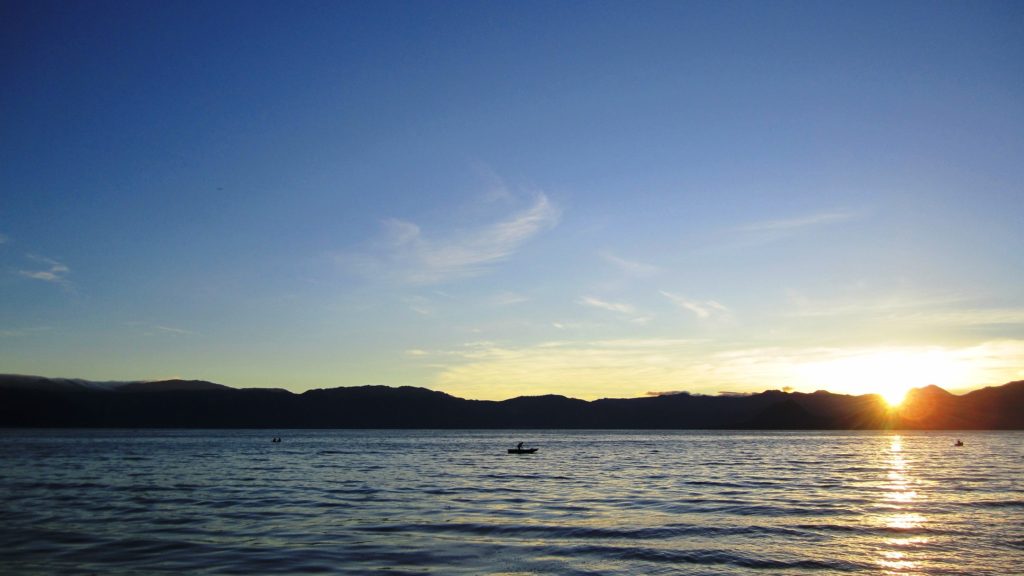
One of our favourite spots to hang out was the hammock in the hotel garden closer to the shore.
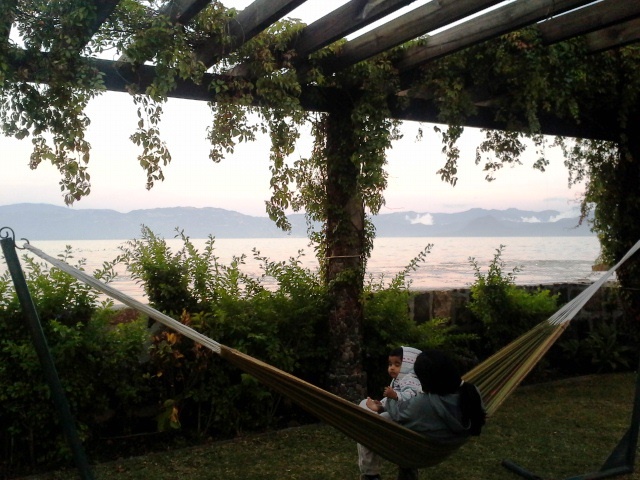
Our hotel didn’t have a restaurant, but there were plenty of options close to the hotel. No matter where we were in Guatemala, finding a good meal was never a problem.
One of the days, we took a lancha (boat) to the largest lakeside community of Santiago. From the boat, we had a great view of the two volcanoes to the south – Atitlán and Tolimán.
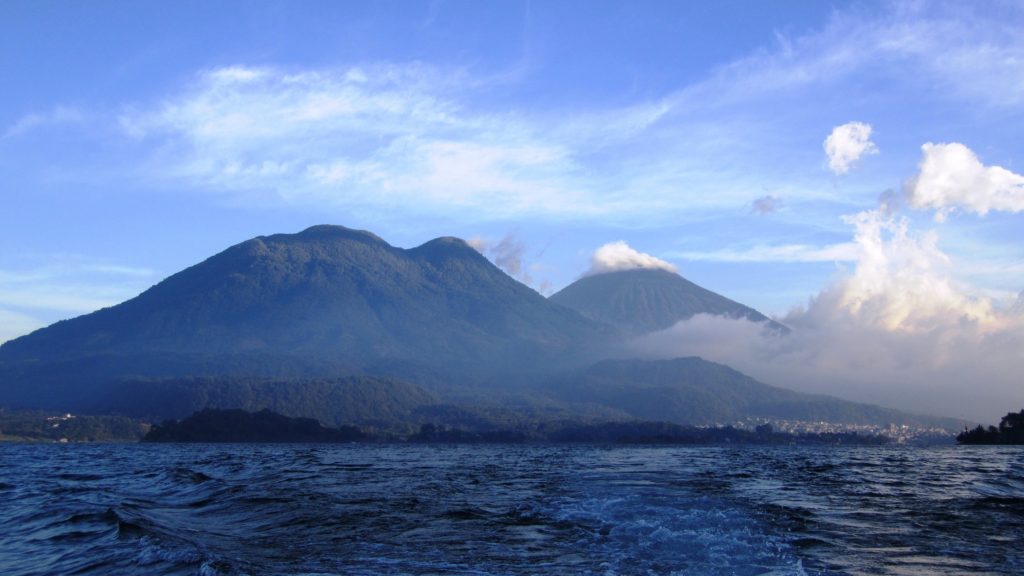
After a short boat ride, we arrived in Santiago. We walked around the town, but didn’t enjoy it much. The highlight for me was the view of the San Pedro volcano from the dock of Santiago.

After four days in San Pedro, we took a lancha to Panajachel and then a shuttle to Guatemala City. We again stayed at Dos Lunas, where we had spent a night on our arrival. The next day we took a flight back to the US.
Bitter Fruit
For anyone visiting Guatemala or interested in reading more about its recent history, I would highly recommend the book Bitter Fruit – The Story of the American Coup in Guatemala by Stephen Schlesinger and Stephen Kinzer.
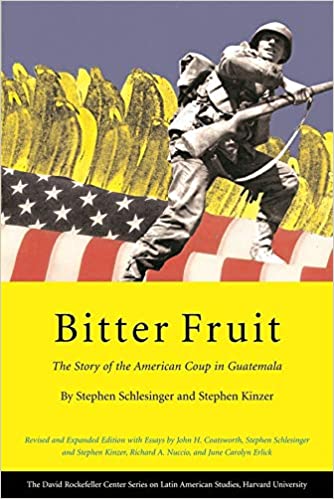
After almost a century of instability, Guatemala had a democratically elected government in 1954. But, the government policies were not favourable to the United Fruit Company (a US company), so the CIA worked with the military to overthrow the government and install a military dictatorship. From 1960-1996, Guatemala had a civil war, and an estimated 200,000 people had been killed or had disappeared.
Guatemala and its people have suffered a lot, but it’s one of the friendliest countries I have visited. Hopefully, someday, I can go back to explore more of this beautiful and diverse country.
Have you been to Guatemala? How was your experience? Do you have any questions about Guatemala? Let me know in the comments.
Resources:
Accommodations: Antigua – Posada el Antaño | San Pedro – Hotel Sak’cari | Guatemala City – Dos Lunas
The family that inspired us to visit Guatemala – Family without Borders
Other helpful blogs: Globe Trotter Girls | Hopefulist in Latin America
Lonely Planet: Thorn Tree Forum | My Report
Disclosure: I am not affiliated with any of the individuals or organizations mentioned in this post.
Did you enjoy reading this post? Please subscribe to get weekly updates. Please share your feedback in the comments section below. Thank you!
